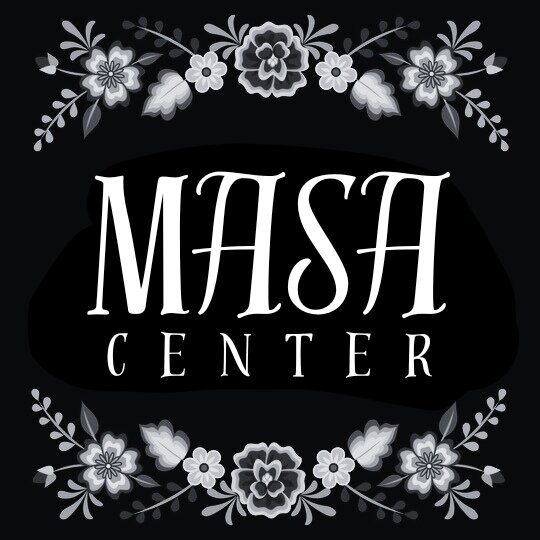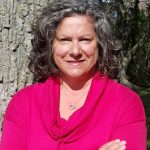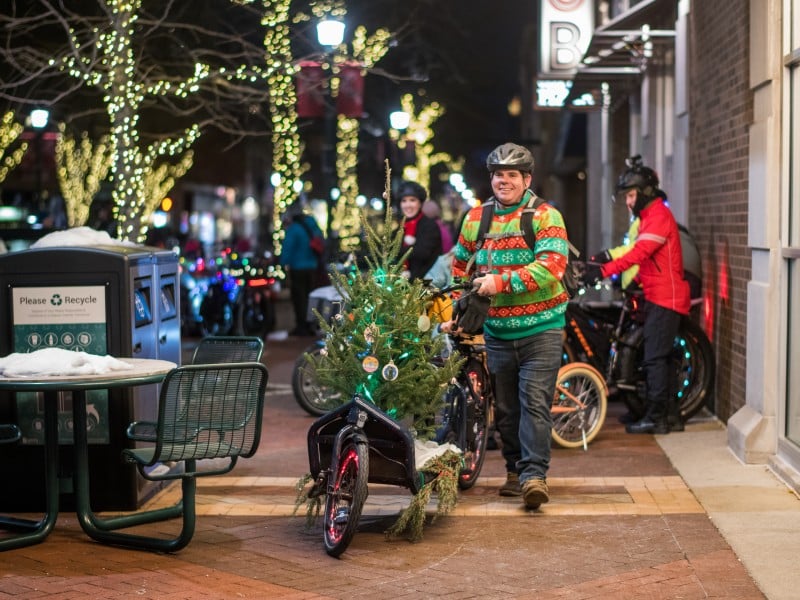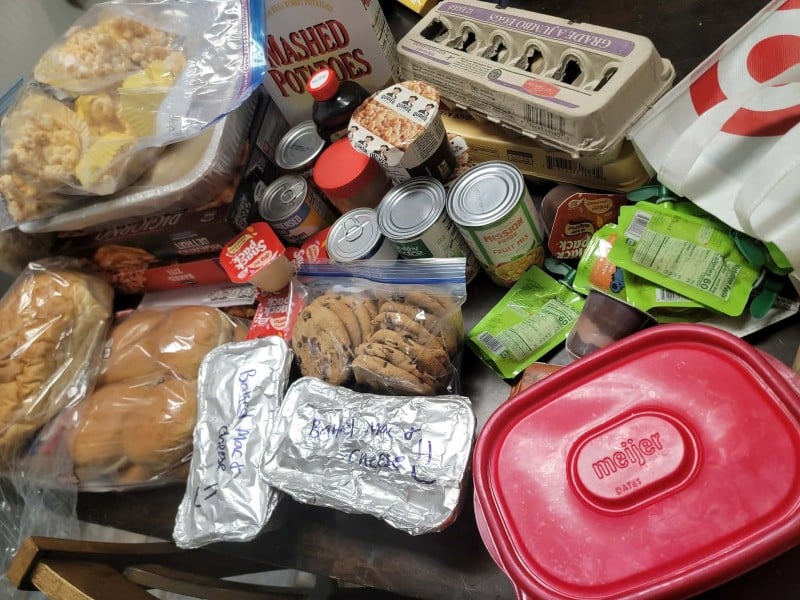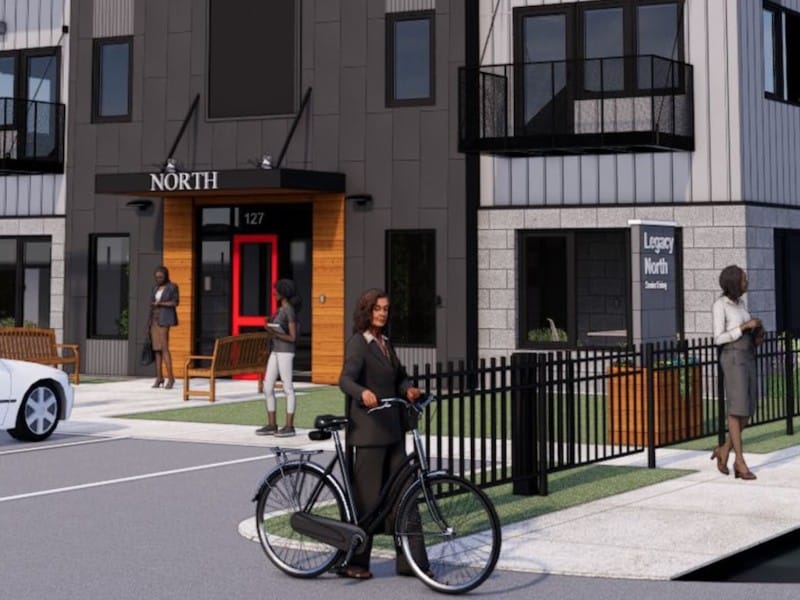Providing opportunities in Battle Creek for Hispanic and MiXcano youth to learn history and culture
Masa Center is offering educational opportunities, including an Emerging Leadership Program, for Hispanic and MiXicanos (Xicanx/Mexicans living in Michigan) youth in Battle Creek.
Editor’s note: This story is part of Southwest Michigan Second Wave’s On the Ground Battle Creek series.
BATTLE CREEK, MI — Growing up as a Mexican youth in Battle Creek, Dr. Santos Ramos says he often felt “a bit isolated” from the larger community.
“I say I wish there was an organization like Voces there when I was growing up,” says Ramos, Assistant Professor of Interdisciplinary Studies at Grand Valley State University and Program Director for the Masa Center. Masa’s work is focused on developing educational and creative opportunities related to Chicano and Latino histories & cultures across Michigan.
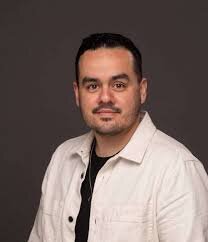
Overall, he says his life in Battle Creek was positive, but as he got older there wasn’t a lot keeping him there. Through Masa, he is working to make sure that Hispanic and MiXicanos (Xicanos/Mexicans in Michigan) youth in Battle Creek recognize the options available to them in the city so that they will stay and create their own opportunities to thrive.
“We want to give them reasons to stay and not have to have them leave,” Ramos says.
Masa is doing this through the creation of small teaching and learning spaces for youth, called the Emergent Leadership Program. This summer they held their second annual monthlong program which took place at Leila Arboretum, their regular meeting place, and several other locations within the city, including Battle Creek City Hall and the city’s Regional History Museum, which provided a deeper dive into their community.
Thirteen students from different areas of high school and a few who were college-aged participated. They received a stipend for completing the program and a final project involving writing or art to give them something tangible that reflected leadership development.
“This is really helping young folks in the community to be aware of the different possibilities available to them,” Ramos says.
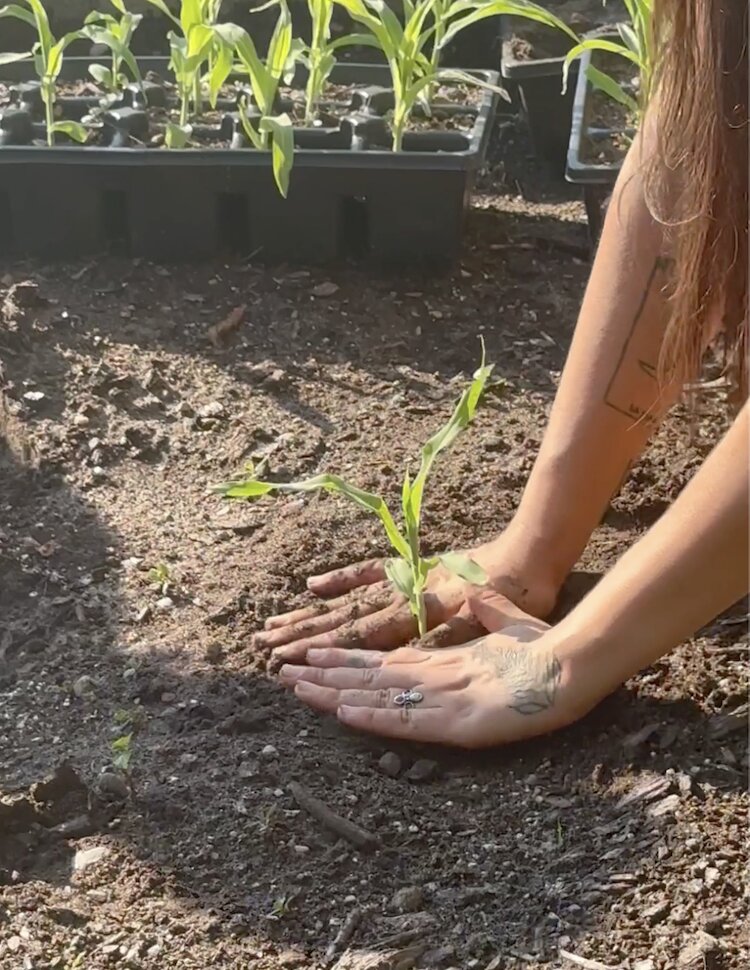
The Arboretum provided teaching moments focused on community gardening, and Masa Center is growing Heritage Blue Corn which is native to Michoacán, Mexico. The corn is being grown in a few small spots at the Arboretum.
Masa is the dough made from this corn for foods such as tortillas.
“Masa is this food item mostly composed of corn, but before it becomes a food item it’s in a state of becoming and transformation, and it is malleable,” Ramos says.
These are characteristics that encouraged Ramos and the other founders of the Masa Education Center to use “Masa” in the name of their organization which officially became a nonprofit almost three years ago. Six in all, the group operates with a shared leadership model and has been doing the work of educating prior to becoming a nonprofit.
Santos does scholarly research which looks at the Mexican history of Michigan. He focused on Battle Creek and included community members in doing that work, including Victoria Fox-Ramon, Masa’s Community Movement Specialist.
He also partners with GVSU to host a fellowship program at the college’s downtown Grand Rapids campus.
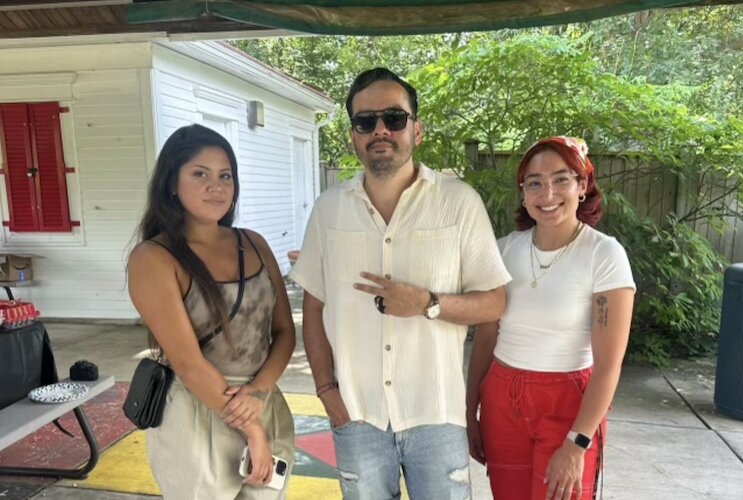
Masa has been partnering for a few years now with the W.K. Kellogg Foundation which Ramos says helped support the original work and the formation of the nonprofit it has become.
“Through them, we’ll be able to expand our summer program and make it a consistent thing over the next few years,” he says.
As a Foundation, WKKF talks at length about the interconnection between educating children, working families, and equitable communities brought about through community engagement, leadership, development, and racial equity, says Dr. Alana White, WKKF Program Officer.
“One of the biggest gaps is that sometimes we don’t understand or know people’s lived experiences and how that shapes whether they feel like they belong in a community,” White says. “We don’t always think about creating a culture of belonging and how to do that collectively. This is some of the work we fund around the Village Network. This is creating a culture of belonging and understanding who lives in our community and what their experiences are.”
In their homes, Hispanic and Mexican youth get some pieces of their culture, Ramos says, but this isn’t complemented in a school setting.
“Mexican American and Latino histories are part of U.S. history,” he says. “I would say that these programs and classes are often among the most under-resourced. It’s more of a systemic problem these are not being resourced in an appropriate way to see it done well.

“More space needs to be given in school settings for applicable and functional life skills and there needs to be more space for arts and culture in general. That’s really why we formed, to address gaps in arts and culture in our own communities. We as educators ourselves really feel that we didn’t have the opportunity to study our own history in school settings.”
White says many young people in Battle Creek don’t understand the history of the city and the elements and aspects that make it unique and special and create a community of belonging. Organizations like Masa are orienting people to their connection to history and how that shapes a variety of elements and aspects that represent different cultures in Michigan, she says.
During her interactions with Ramos, White says that as a Black woman, she began to ask herself what else she doesn’t know about the residents of Battle Creek, the state of Michigan, and the world.
“I wanted to know how I can come alongside them as a partner beyond being a Program Officer. He has opened my eyes to the gaps in knowledge that exist,” she says. “It’s important to reflect on what we know about our actual communities and the lived experiences of the people who live in them.”
Ramos’ vast knowledge of Mexican and Latino cultures went beyond Battle Creek when White asked him to join conversations with her WKKF colleagues in Mexico.
“This was a great opportunity to think and partner differently not just around arts and culture, but thinking of how we use it to inform who we are as a people and who we are in Battle Creek,” White says.
This is becoming increasingly important as the Hispanic population continues to grow.
As of August 2023, there were 7,270 Hispanic residents in Calhoun County. According to the website Data USA, they represent 5.43 percent of the county’s total population of 134,000. By 2060, the Latinx community in the United States is projected to be among the largest if not the largest sector of the total ethnic population, according to the U.S. Census Bureau. These projections are expected to impact the ethnic makeup in Calhoun County.

Oftentimes an individual will follow a cousin or friend who settled in the Battle Creek area and who invites them to spend time here, then they find a job and decide to make a permanent move, says Jose Orozco, Executive Director of Voces.
“With a couple of the larger families in town, it just starts with one or two family members settling here and it just grows from there,” he says.
White says she thinks Battle Creek is attractive because it’s a smaller community with a lower cost of living. When she moved to the city 11 years ago from a larger city she says people welcomed her with open arms and were more than willing to share information and insights in answer to her questions about different facets of the community.
The people who live here have a real sense of pride and a love for Battle Creek, she says. “One of our assets is our diversity.”
Ramos says he feels a greater sense of community in the city since his youth, but there is still more that could be done.
“On the surface level, it’s certainly gotten better but systemic problems are still there like economic disparities and issues with language access. That’s always a really big issue,” he says.
As a way to foster a greater sense of community and work through systemic issues, he often tells participants in the leadership program that people and the relationships formed with them are the greatest resources they can have.
“Being there as mentors for them and having that peer support network and sense of community is so important,” Ramos says. “I hope it’s important to them. The bigger the network you have to draw from, the better. It was through meeting people and building community that I figured it out.”

